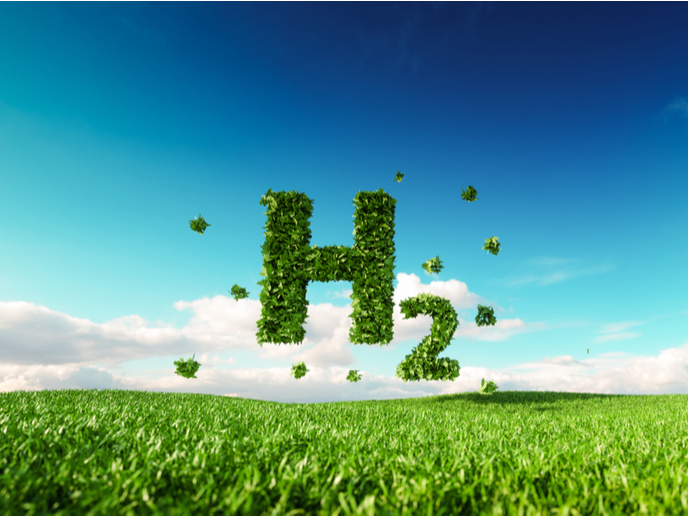Turning water and sunlight into hydrogen energy
Using hydrogen as a source of energy for transport, electricity production and other applications is environmentally attractive. Currently, however, the most feasible methods of hydrogen production are linked with emissions to the atmosphere that negatively impact air quality and cause climate change. Unfortunately this means hydrogen has little advantage over conventional fossil fuels. Cutting-edge research funded through the Fifth Framework Programme could turn things around. The Centre for Research and Technology Hellas (CERTH) coordinated the HYDROSOL project with the goal of making hydrogen from two renewable resources: water and sunlight. Combining their expertise with that of researchers from three other EU Member States, CERTH's scientists designed and tested a novel solar reactor. The incident solar radiation is used to superheat water to the point where it dissociates to form hydrogen and oxygen. A special catalytic coating inside the reactor helps reduce the temperature that must be reached for water splitting to occur. Ceramic components and a honeycomb monolith structure further enhance the reactor's efficiency. CERTH and its HYDROSOL partners have applied for a patent for the new reactor, which is similar in size and shape to the catalytic converters on most automobiles. The new reactor could transform hydrogen into a more viable form of energy, especially in southern Europe where sunshine is plentiful all year-round. Furthermore, this result can contribute to Europe's goals of energy production from renewable energy sources and reductions in carbon emissions.







